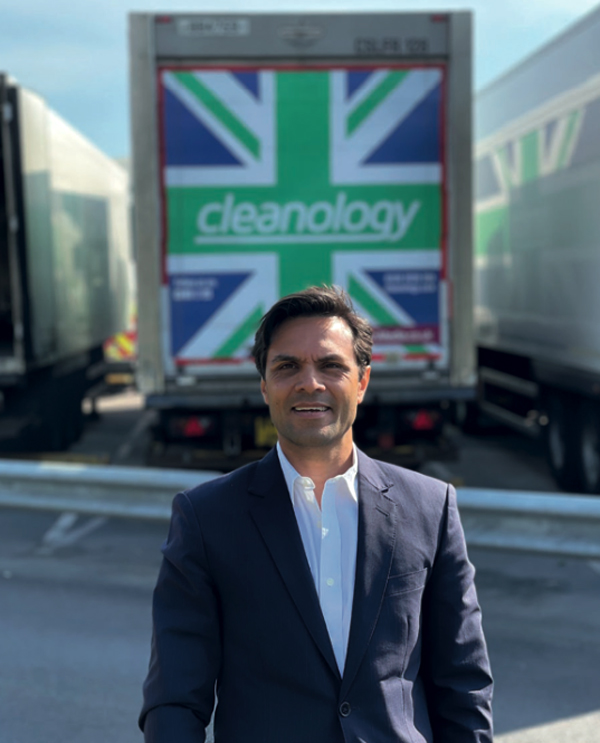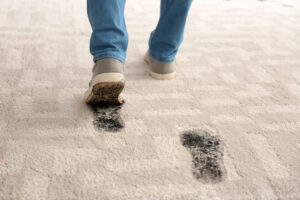Dominic Ponniah, CEO of Cleanology, explains why manual cleaning systems are here for the long haul.
We live in a world that is seeing ever-greater levels of automation and robotic technology. Driverless cars are a regular feature in the news, and automated harvesting techniques have been relatively common in agriculture.
 Cleaning, however, is a different kettle of fish – we are still, at our core, a very human industry. So why is manual cleaning still so prevalent, and is this a good thing?
Cleaning, however, is a different kettle of fish – we are still, at our core, a very human industry. So why is manual cleaning still so prevalent, and is this a good thing?
Considering the column inches given over to fresh developments and automated technology, you might be forgiven for thinking the cleaning sector was driven by robotic vacuum cleaners. However, the vast majority of contract cleaning is still performed manually. Daytime cleaning, like emptying bins or cleaning washrooms and desks, is all performed by hand, and most pieces of specialist equipment require an operator.
This operator-led technology can be beneficial and often bring environmental benefits. For example, today’s rotary buffing machines are typically battery-operated, cordless models that use less water and chemicals than their predecessors. Completely automated machinery is already a feature in some settings, such as large school halls and airports, but the intricacy of manoeuvring around toilets or climbing up and down stairs still requires human skills.
This is not to say that robotic solutions will never be capable of managing all the tasks that human staff perform. We see trials of robot cleaners in washrooms, and robots may be suitable for basic tasks such as collecting cups from desks. However, price tags make robotic options uneconomical. With a basic floor scrubbing machine costing £20,000, we are far from where robotic options threaten to replace most human employees.
As an employer, automation versus manual systems raises several other concerns. Where people management brings challenges around performance and absence, automation raises questions about reliability and durability; will a robot do as good a job, and how long will it last?
Our industry is so heavily focused on people that new ways of working would bring a very different feel and energy. As managers, our work would have a greater emphasis on logistics and far less on nurturing and developing staff.
Since the advent of COVID, manual cleaning has taken on greater significance. Touchpoint cleaning is still an important part of our daily routine, while not at the same level as during the height of the pandemic. At some sites, we have increased the number of cleaning hours to allow for thorough touchpoint cleaning; at others, reduced footfall means less staff coming into the office, and we have introduced different shifts to work around the client. All staff are trained to perform detailed cleanings, such as removing marks on furniture and cleaning skirting boards and window ledges.
Whatever the task or system, manual or automated, it is important to remember that quality is the key. As part of Cleanology’s national expansion, we found that old-fashioned quality cleaning still trumps everything else. Ultimately, whether man or machine is performing the task, good, old-fashioned elbow grease counts.
No matter your business type, a commercial cleaning service can meet your needs. It’s essential to do your research and find the company that is the best fit for you and your business. With the right commercial cleaning service, you can keep your business looking its best! Contact us today to learn more about our services.




